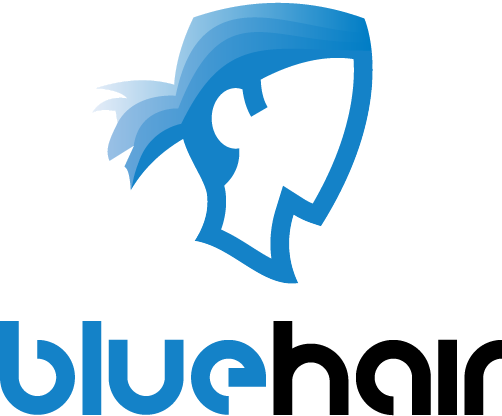A Window(s) into the future

A few years back, at the end of a guest lecture at the TU Delft given by Stephan Hoefnagels, Senior UX Designer who worked on the Windows 7 team, I ever timidly raised my hand and asked a question: “Why does windows 7 still works pretty much the same way as Windows 95?”
Stephan’s answer was quite simple, and it made perfect sense at the time: “Well, we don’t want to break the whole interaction paradigm that people have been accustomed to for the past 15 years, so we make incremental changes”
…that’s all about to be thrown out the Windows (pun intended 😉 )
Windows 8, the latest iteration of the almighty operating system found on more than 85% of all desktop and laptop computers, will break away from the paradigm with which a majority of people learned to use a computer. It is without a doubt a bold move by Microsoft, as they will be breaking a golden rule of interaction design and usability best practice: Keep to standards. And of course, for the past 15 years, the standard has been the W.I.M.P. (Windows, Icons, Menus, Pointer) interaction found on desktop computers and so familiar to us now.

Android and iOS are the current leaders in next generation, touch friendly operating systems
Yet the standard is ageing, and a revolution is already under way. A revolution started with smart phones and best epitomized by mobile tablet devices. A revolution fuelled by touch friendliness and a good understanding of what people these days actually want to do with their devices most of the time, that is, an informal consumption of media, communications and light entertainment.
Apple and Google are leading the way on the next generation, touch friendly operating systems front with iOS and Android by using quite similar approaches. But there is still a bridge that needs to be gapped between informal use of computing devices, and their use as powerful productivity tools, a function for which we currently rely on our desktops/laptops and for which the WIMP paradigm (and thus Microsoft and Windows) is still a standard.
But as Android and iOS mature as platforms and the productivity applications developed for them are coming of age, Microsoft is starting to feel the threat on their domain, and this is why they seek to implement a new iteration of their platform which is powerful enough for productivity (and this means of course supporting legacy software from the previous Windows versions) but also light and friendly enough to be used for our day-to-day informal use and to feel like a modern operating system.

The "Metro" interface used by default on Windows 8. Touch friendly live tiles where typography plays a central role
It’s a very tricky thing to do, and more importantly, to do it right. With Windows 8, Microsoft is going for a paradigm which is truly different from everything else out there and therefore quite innovative: the so called Metro design language, in which typography and visual simplicity play a key role. The first such implementation of Metro started with the inception of Windows Phone 7 and is all part of a long term strategy by the Redmond guys which aims at unifying the interaction paradigm across all Microsoft powered devices (phones, tablets, desktops, game consoles, etc.).
But the key aspect haunting Microsoft, is the fact that due to their well established user base, they cannot just break away from our well known Windows in a single blow. In order to ensure a successful migration to their new vision they MUST support legacy software.

The Windows 8 Desktop (in which older programs will be run) lives a parallel live within the new Windows paradigm
Their answer to this is keeping Metro as a default interface with which you will interact most of the time for your informal use, and at the same time integrating a classic “desktop” environment in which older software can run. It’s a move comparable to how Windows 95 got a “Command Prompt” application in order to continue supporting MS-DOS software. It’s an awkward mix and it feels a bit forced, but is a necessary “evil” in order to make the transition to the new system a little less traumatic for the common user, and in time, as the platform matures and most of the older software starts making the transition into Metro-land, the Desktop might follow suit and become a vestige of the old days, just as the command prompt did.
It will certainly bring with it a learning curve, but after having installed a consumer preview version and playing with it for a few days now, I’m inclined to think that the curve might be less steep than what the current Windows must have presented to people as first time users. The business end of users will be a tricky bunch of course, and we will most likely see an important chunk of the productivity user base sticking to the good-ol’ Windows 7 until the new Windows paradigm matures a bit more and more productivity programmes are properly translated to a touch-friendly world.
Of course, the big question still remains: Will this move work for the Redmond giant?
…only time will tell, but I for one like where Microsoft is going.
Check out the video below for a quick walk-through of Windows 8 features.



